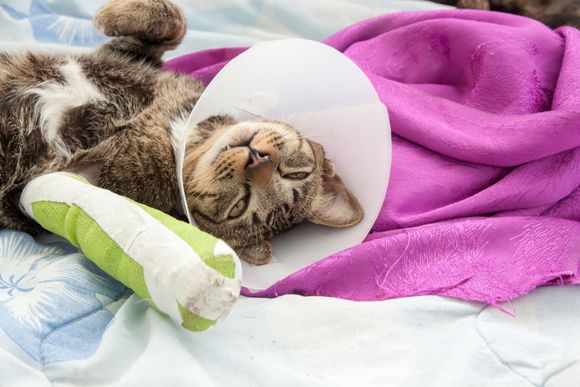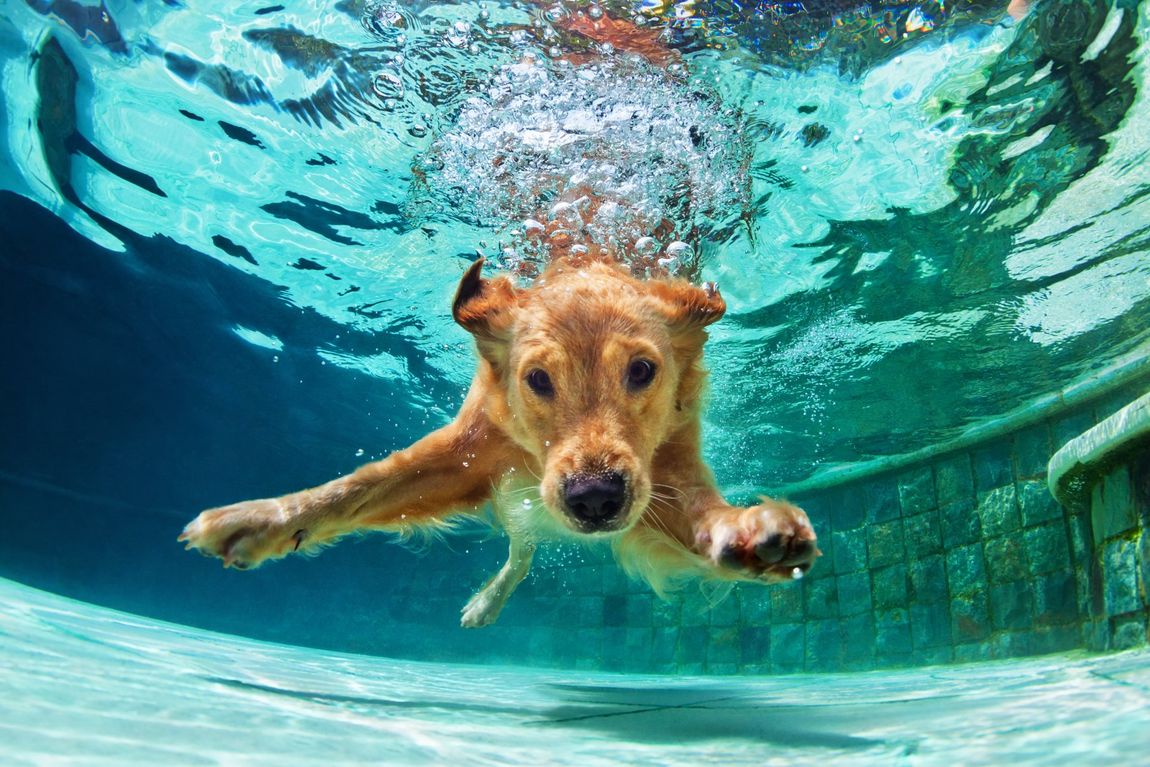Let's get over this....

Regardless of the type of cruciate repair or other surgery , for any broken leg, strict adherence to post-operative instructions is key to success.
Bone is live tissue that constantly repairs itself and adjusts its density in response to the amount of work it is being asked to do. Metal does not.
Excessive exercise before healing is complete will eventually loosen or break an implant – the implant is there to temporarily support and immobilize the bone while it heals. Once the bone has healed, it takes over the job of weight bearing and the implant can retire.
Diligent exercise restriction in the weeks following the surgery is as important as the surgery itself and as the owner, you are in charge rather than your pet !
A structured rehabilitation program is also important – it allows for a more rapid and complete return to function. For dogs that work for their supper, it is always hard to know how complete their recovery might be.
Even with the best care money can buy, many human athletes never recover fully so it is perhaps not surprising that our pets might not either, however I certainly have seen many amazing recoveries over the years. Liaising with a physiotherapist after surgery is well worth considering.
For more information on rehabilitation therapy it is best to liaise with your local vet.
They will know what facilities are available locally and which physiotherapists are practising near you. Whether you involve a physio, take your dog swimming, or use a water treadmill , it all helps.
To provide an idea of a few simple exercises you can do at home, I recorded the video below. This shows how you can flex & extend the knee following cruciate surgery. Then you can also move the whole back leg so that the flexibility of all of the joints can be maintained. This also helps to reduce post operative swelling.
I send my patients home with a guide of what they are allowed to do, how far to go your walks, and how frequently.
As a rough guide, I usually suggest that we start with 5-10 minute walks on the lead and then we add in 5 minutes per week from the time of suture removal until around 6 weeks post surgery. This is usually when we check progress with x-rays and we can determine further activities based upon the progress of healing evident on the x-rays.New Paragraph



